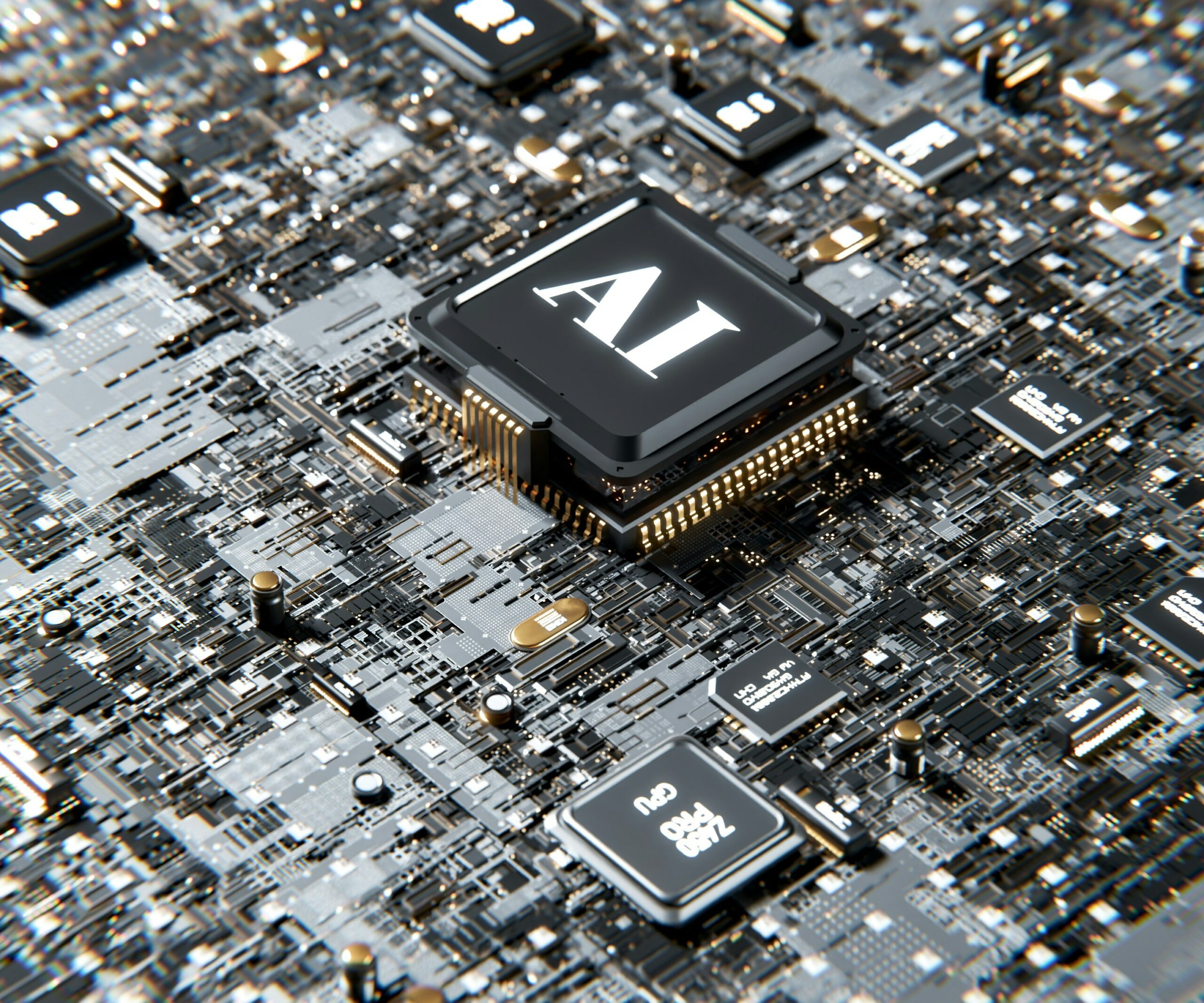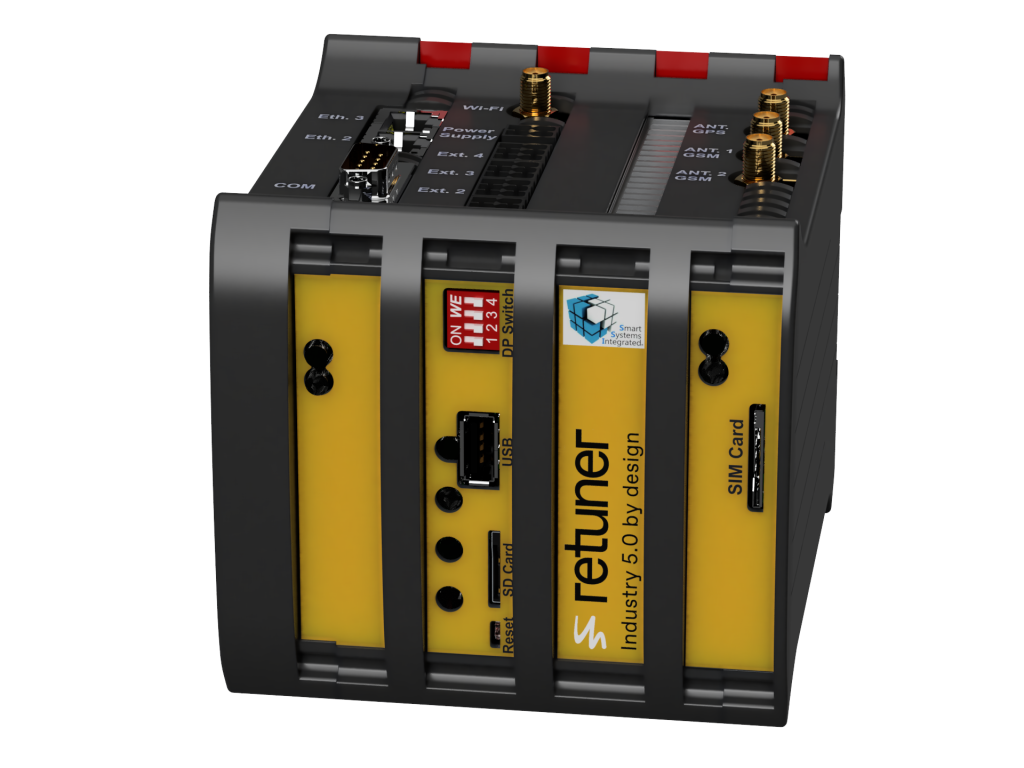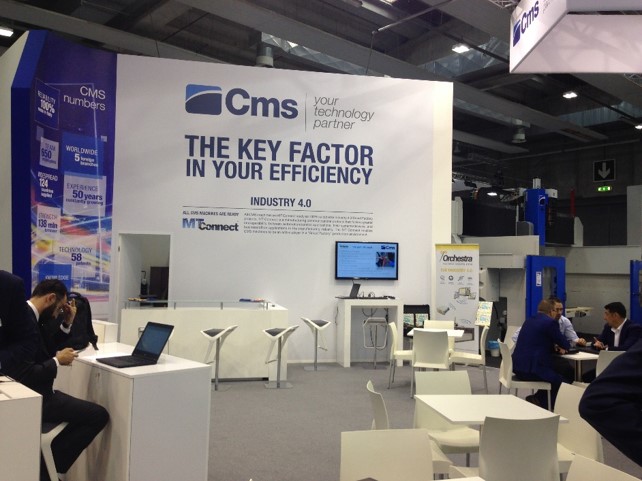AI edge computing: applications and benefits
July 11, 2024

Edge computing is a paradigm shift from centralized cloud computing that brings computation and data storage closer to the data source. This approach enhances response times and saves bandwidth. When combined with artificial intelligence (AI), edge computing opens new possibilities for real-time data processing and smart applications.
Understanding AI at the edge
AI at the edge integrates AI algorithms and edge computing infrastructure to process data at or near the source of data generation. Unlike traditional systems that send data to the cloud for processing, edge computing handles data locally. This localized processing is pivotal for applications requiring low latency, high bandwidth efficiency, and enhanced data privacy.
The key components of AI edge computing are:
- Edge devices: these are hardware components including sensors, IoT devices, and embedded systems that generate and process data
- Edge nodes: intermediate devices like gateways or micro data centers that aggregate and further process data before sending it to the cloud or end-users
- Edge AI algorithms: AI models optimized to run on the constrained resources of edge devices. These algorithms must be efficient in terms of computation and energy consumption
The benefits of AI on the edge
The integration of AI with edge computing, particularly through solutions like our SmartEdge5.0 NG, offers a variety of benefits including:
- Reduced latency: processing data locally reduces the time required for data to be moved back and forth to the cloud. This low latency is critical for several real time industrial applications
- Enhanced privacy and security: by processing data at the edge, sensitive information is kept local, reducing the risk of data breaches and enhancing privacy
- Bandwidth efficiency: local data processing minimizes the amount of data sent to the cloud, saving bandwidth and reducing operational costs
- Scalability: edge computing allows for scalable AI deployment, as processing power can be distributed across numerous edge devices rather than relying on centralized cloud infrastructure
- Reliability: local processing ensures that applications remain functional even when there is limited or intermittent connectivity to the cloud

Conclusion
AI on the edge is revolutionizing how data is processed, enabling faster, more efficient, and secure applications across various industries. Our SmartEdge5.0 NG is an example of innovation in this field, offering a powerful, scalable, and efficient solution for exploiting AI at the edge. As technology continues to evolve, the integration of AI with edge computing will undoubtedly drive innovation and create new opportunities across the digital landscape.
Immagine via Unsplash

